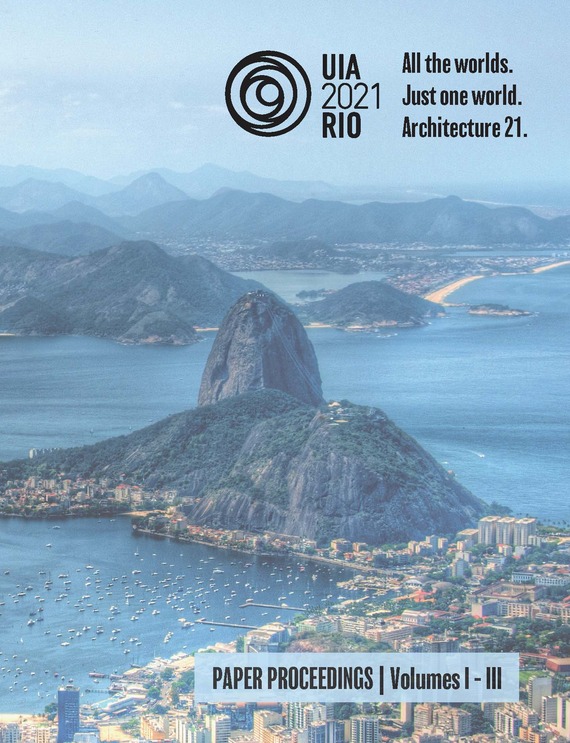Author(s): Elena Fontanella & Pierre-Alain Croset
This article presents some critical considerations related to an urban design studio in academic year 2018-2019. The brief of the design studio was based on the relationships between social issues, linked to the aging of the population, and new forms of urban life based on intergenerational dialogue. Students were invited to design spaces in urban sectors transformed into a “Community island” where intergenerational exchanges and solidarity could be fostered. The perimeter of the different islands did not follow the traditional neighbourhood subdivision corresponding to the distribution of services, but was motivated by an intention to create pedestrian connection routes within the individual island. In this design studio students learnt how important it was for an architect to imagine long-term solutions, for example tackling the rapid change in the elderly health, education, and social condition. This leads us to reflect on the role of research by design in public universities, which cannot and must not replicate the design activities of professional architects. Ideally, our students’ projects could give rise to a future pilot project to be developed in one of the “islands” we have identified, creating an intermediate scale between urban and architectural design. Let’s imagine a renewed role of the architect as a social activist and not only a designer, who can experiment interacting with Milan’s community of residents and social services to combine spatial and social innovation.
Volume Editors
ISBN
978-1-944214-31-9

 Study Architecture
Study Architecture  ProPEL
ProPEL 
